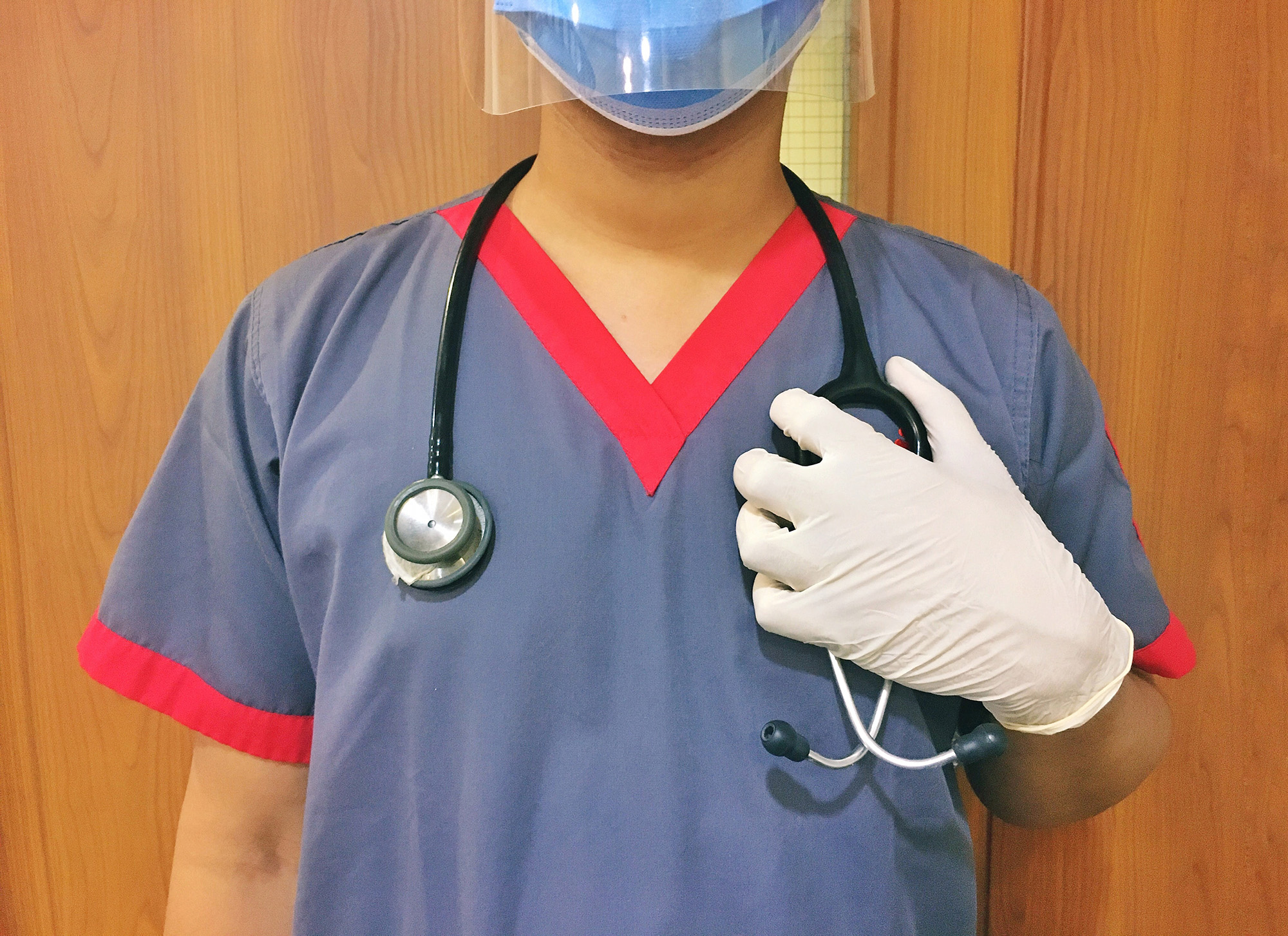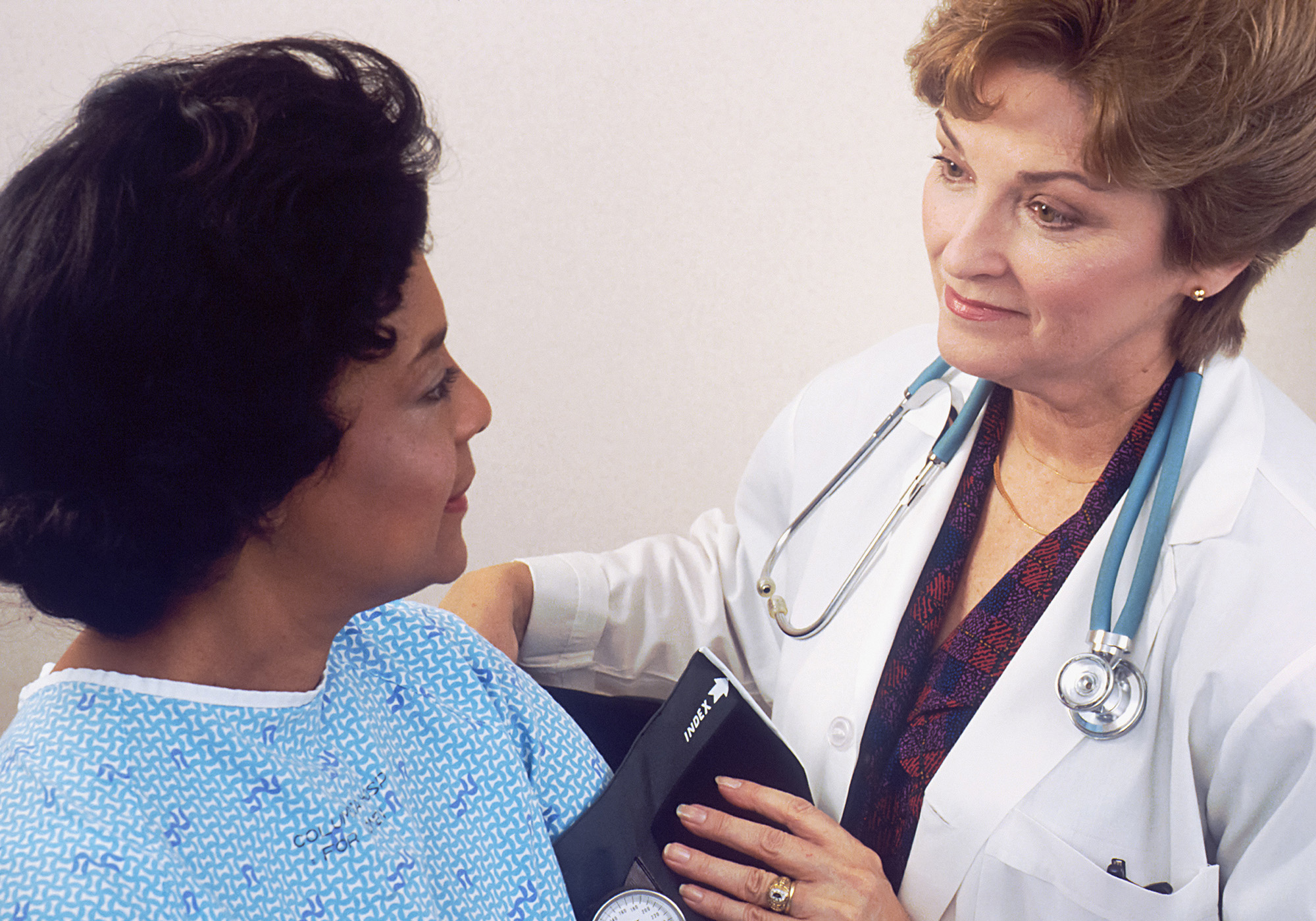By Wei-Ann Bay, M.D., Blue Cross and Blue Shield of New Mexico
Happy new year to you and your family! The new year always brings hope and many opportunities for a fresh a start. I ended 2021 with two articles on diabetes complications and would like to start the new year by completing the discussion with an article on prediabetes. Do you have prediabetes?
What is prediabetes, and what does it mean if I have prediabetes?
About 88 million Americans age 18 and older have prediabetes, and 90 percent don’t know they have it. That means one in three adults has prediabetes. This number is likely to grow based on recent trends. Prediabetes is a serious health condition where a person’s blood sugar levels are higher than normal but not high enough to be called diabetes. Prediabetes means that the cells in your body do not respond normally to insulin. Having prediabetes puts you at risk for developing type 2 diabetes mellitus, heart disease and stroke. In fact, prediabetes and diabetes are more common in older adults.
How is prediabetes diagnosed?
In August 2021, the U.S. Preventive Services Task Force issued an updated recommendation on screening for prediabetes and diabetes. Screening is recommended in adults 35-70 years old who are overweight or obese. The age at which to begin screening was dropped from 40 years to 35 years because data has shown an increase in diabetes starting at 35. Being overweight or obese are the strongest risk factors for developing prediabetes and diabetes. Some experts recommend even earlier screening in persons of color, who are at a higher risk for developing prediabetes and diabetes. All adults ages 45 or older should have screening done.
The same tests used in diagnosing diabetes are used to diagnose prediabetes. Prediabetes is diagnosed when:
- HbA1c test is 5.7%-6.4%, or
- Fasting glucose level is 100-125 mg/dL, or
- Oral glucose tolerance test shows glucose levels of 140-199 mg/dL
Screening every three years may be a reasonable approach for adults who have normal glucose levels. Please reach out to your health care provider to make sure you have had your screening test for prediabetes and diabetes.
What treatment is available for prediabetes?
Prevention is the best treatment. Lifestyle changes are the most important first steps for anyone with prediabetes. The steps include eating a healthy diet with lots of fruits, vegetables and low-fat dairy, and limiting your intake of meats, sweets and processed foods. In addition to a healthy diet, being active for 30 minutes a day will also help you achieve a healthy weight. If you are overweight or obese, lowering your weight by 5 percent to 7 percent can lower the risk of developing prediabetes and diabetes.
The Centers for Disease Control and Prevention has a National Diabetes Prevention Program that can help you make lifestyle changes happen and be successful in reversing prediabetes. Use this link to get details of the program: https://www.cdc.gov/diabetes/prevention/index.html. Use the program locator to find in-person, online and distance-learning options.
Metformin is an oral medication that may be helpful in preventing type 2 diabetes mellitus in people with high risk who have tried and failed lifestyle changes. Your health care provider will be able to discuss this option with you and determine if it is appropriate.
What else can I do?
Please know that prediabetes does not have any symptoms. Go to DoIHavePrediabetes.org to take the risk test — it only takes one minute to complete the test. The best thing you can do is to see your primary care provider regularly to get preventive care and screenings. If you do not have a primary care provider, please schedule an appointment — it’s a great way to start off the new year.
If you have a health question that you would like to be considered in Ask a Health Care Professional, please email AskHealthcareProfessional@bcsbsnm.com. BCBSNM will select questions that may appear. Questions will not be personally answered. The opinions expressed in this column are solely those of the author and not necessarily those of BCBSNM. This column is not intended to be a substitute for professional medical care.














